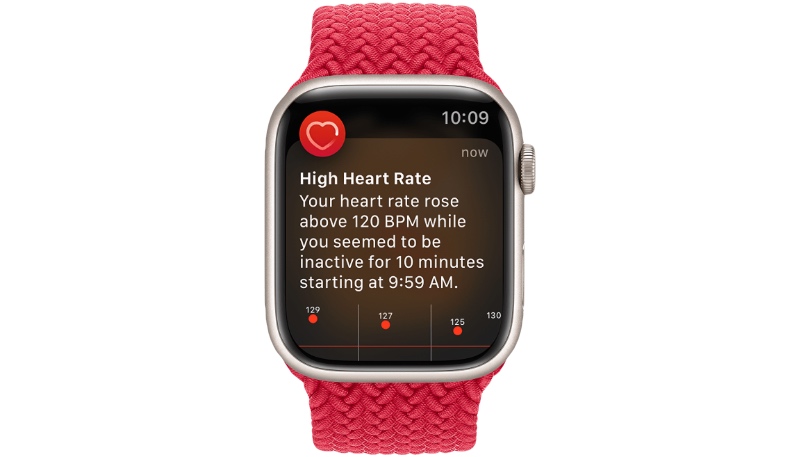The Apple Watch continues to save lives as a Florida deputy sheriff credits the Apple Watch with helping discover blood clots, thanks to a persistent warning from the wearable device.
NBC news affiliate WFLA reports the story of Sarasota Deputy Sheriff Luke Heyman. After he received three high heart rate alerts from his Watch and visiting the hospital twice, Heyman’s Apple Watch led to the discovery of blood clots in both of his lungs.
“So I checked my heart rate, it was about 160,” said Heyman. “I thought it was just a malfunction of the watch or just an erroneous reading.” Two days later, he said he felt sick and his legs felt like jello. Then he got the same alert. “At that point, I figured, well, two alerts in one week,” Heyman explained. “I should probably go get checked out.”
Doctors ruled out a heart attack, but couldn’t diagnose it. Heyman said he went home only for the nausea to return. His resting heart was 160 beats per minute again, so he went back to the hospital. “When I went to the ER, they did a CT scan with some contrast,” Heyman recalled. “They found that I had multiple blood clots in each of my lungs.”
Heyman’s doctor said he could have blacked out or worse if the blood clots were left untreated. Dr. Pavan Kapadia, a Tampa-based cardiologist, added that “this was maybe a life saved as a result” of the Apple Watch.
The Apple Watch will alert users when their heart rate a certain level for too long when a workout is not detected. The feature has been around since the Apple Watch Series 1, so all Apple Watch models support the feature for users 13 and older.
You can enable notifications from the Heart Rate app on your Apple Watch to alert you to high or low heart rates and irregular heart rhythms.
High and low heart rate notifications
If your heart rate remains above or below a chosen beats per minute (BPM), your Apple Watch can notify you. These notifications are available only on Apple Watch Series 1 or later for ages 13 and up.
You can turn on heart rate notifications when you first open the Heart Rate app on your Apple Watch, or at any time later from your iPhone:
- On your iPhone, open the Apple Watch app.
- Tap the My Watch tab, then tap Heart.
- Tap High Heart Rate, then choose a BPM.
- Tap Low Heart Rate, then choose a BPM.


